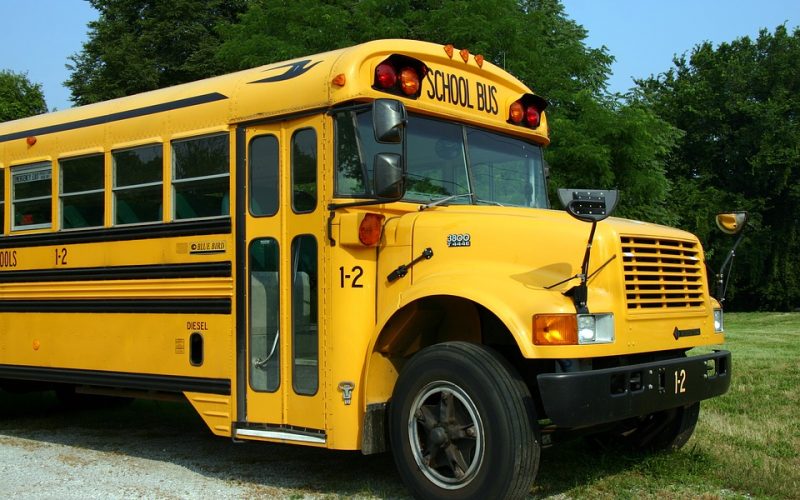Education is a fundamental right, yet the quality and accessibility of education can vary significantly depending on geographic location. Rural schools, in particular, face unique challenges that can impact the learning experience and outcomes for their students.
Limited access to resources
One of the most pressing challenges for rural schools is the limited access to essential resources. Urban schools often benefit from proximity to educational materials, technology, and extracurricular activities. In contrast, rural schools may struggle to provide up-to-date textbooks, reliable internet access, and modern teaching aids. This resource disparity can hinder the academic progress and digital literacy of rural students, putting them at a disadvantage in an increasingly digital world.
Teacher retention and recruitment
Attracting and retaining qualified teachers is another significant issue for rural schools. Due to their remote locations, these schools often find it challenging to lure educators who may prefer the amenities and opportunities available in urban areas. Consequently, rural schools may face high turnover rates, leading to a lack of continuity in the learning environment. Furthermore, the scarcity of specialised teachers can result in limited subject offerings, restricting students' educational choices and future career prospects.
Transportation difficulties
Transportation is a critical concern for rural schools. Students in rural areas often have to travel long distances to reach their schools, which can be both time-consuming and costly. In many cases, inadequate public transportation options mean that families rely on school buses to transport their children. However, maintaining a fleet of buses and ensuring they operate efficiently is a logistical challenge for rural schools with limited budgets. The long commutes can also be exhausting for students, impacting their readiness to learn.
Small student population
The small number of pupils in rural schools can present both advantages and disadvantages. On the one hand, smaller class sizes can lead to more personalised attention from teachers and a tight-knit community atmosphere. On the other hand, a limited student population often means fewer resources, extracurricular activities, and peer interactions. This can lead to social isolation and a lack of diverse perspectives, which are crucial for holistic development. Additionally, smaller schools may struggle to justify funding for specialised programmes or advanced courses.
Funding challenges
Funding is a perennial issue for rural schools. These institutions typically rely heavily on local taxes and government grants, which may not be sufficient to cover all their needs. The lower property values in rural areas can result in less revenue from local taxes, exacerbating the funding gap. This financial strain can affect everything from teacher salaries and school maintenance to the availability of educational programmes and extracurricular activities. Consequently, rural schools often have to make tough decisions about where to allocate their limited resources.
Community and parental involvement
While rural communities are often close-knit, the involvement of parents and the community in school activities can be a double-edged sword. On the one hand, strong community ties can foster a supportive educational environment. On the other hand, the same tight-knit nature can sometimes lead to resistance to change or new initiatives. Additionally, parents in rural areas may have limited time to participate in school activities due to work commitments, particularly in agriculture or other labour-intensive industries. This can make it challenging for schools to engage parents in their children's education effectively.
Limited exposure to diverse experiences
Exposure to diverse experiences and perspectives is a vital component of a well-rounded education. However, students in rural schools may have limited opportunities to interact with peers from different cultural, socioeconomic, and ethnic backgrounds. This lack of diversity can restrict their understanding of the broader world and limit their ability to engage with different viewpoints. Extracurricular activities, field trips, and exchange programmes can help mitigate this issue, but these opportunities are often scarce in rural settings due to budget constraints.
Rural schools face a myriad of challenges that can impact the quality of education they provide. Limited access to resources, difficulties in teacher retention and recruitment, transportation issues, and funding constraints are just a few of the obstacles these schools must overcome. Despite these challenges, rural schools remain committed to providing a quality education to their students. By recognising and addressing these issues, policymakers, educators, and communities can work together to create more equitable educational opportunities for all students, regardless of their location.


















